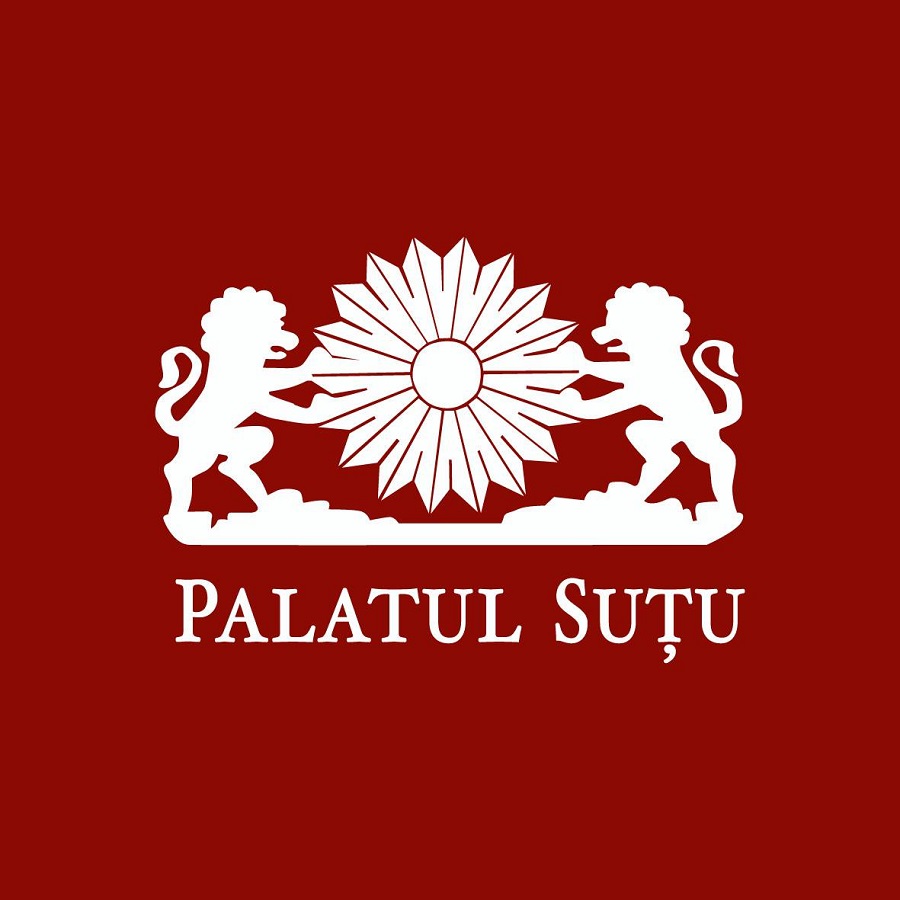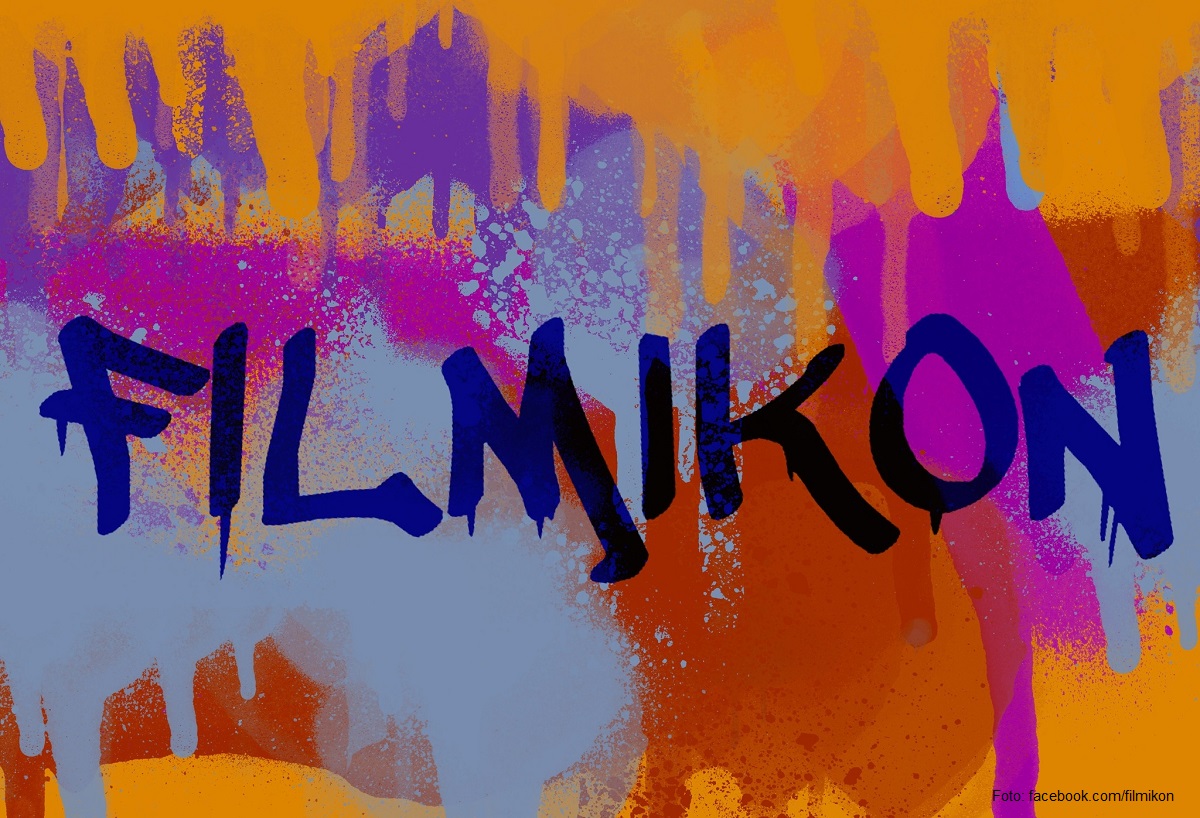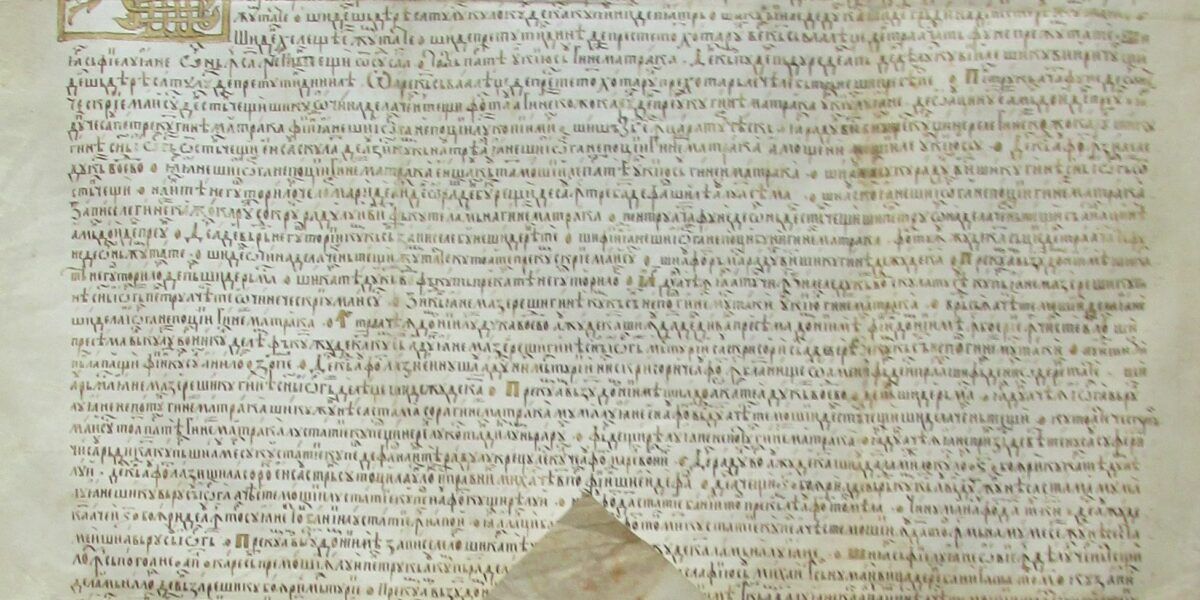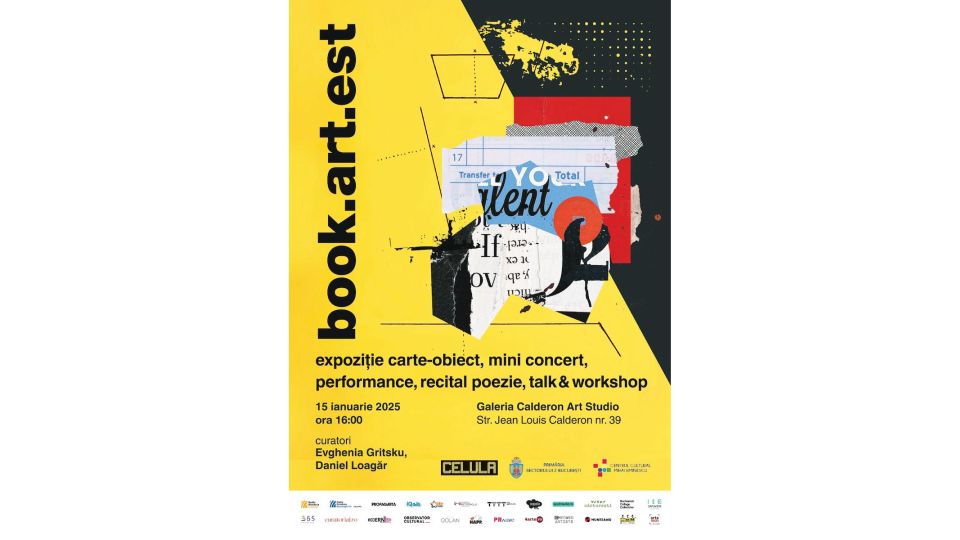Famous museums in Sibiu
A feature about two of the most prestigious museums in Sibiu.

Răzvan Emilescu, 11.07.2015, 12:01
Today we will take you to two museums in Sibiu: the Brukenthal Museum, which was the first museum to open in Central and Eastern Europe in 1817, now almost 200 years ago, and then, later in this programme, to the Astra Museum of Traditional Civilisation.
But first, lets talk about the Brukenthal Museum, built by Baron Samuel von Brukenthal, who was appointed Governor of the Principality of Transylvania by Empress Maria Theresa. Samuel von Brukenthal was the only representative of the Saxon community in Transylvania to hold public office in Austria. The Baroque palace he built in Sibiu was modelled on the grandiose palaces of Vienna. Founded in 1817, the Museum hosts the Barons private collection, commonly seen as one of the greatest cultural legacies in Europe. Professor Adrian Luca, the manager of the Brukenthal Museum, told us more:
“Its worth noting that the collection was put together by a man whose cultural insight went beyond Sibiu and Transylvania, a province whose Governor he was for 10 years. He was a man who became part of European culture ever since his childhood, during his studies in Germany and travels to Vienna and around Transylvania. One year before his death, he made a will unique at the time, whereby all his cultural assets and part of his wealth was to become the Museum of the Saxon Nation. Therefore, in 1817, it opened as a public museum, according to the barons will and under the supervision of the Evangelical College, which later became the Brukenthal National College. Two years from now we will mark 200 years since the opening of the museum to the public. To our knowledge, it is the third public museum to be created worldwide, after the British Museum and the Louvre.
The National Brukenthal Museum is now a museum complex expanding over nine buildings, of which five palaces. It hosts collections that total some 700,000 exhibits. Manager Sabin Adrian Luca says this is Romanias largest collection, a heritage that needs both preservation and promotion:
“We wanted to exploit our cultural assets at several levels. We take part in Romanian exhibitions abroad, although they are very few. We have begun a comprehensive restoration project, which will span some 40 years. We also have a project to promote our cultural assets. I was astonished when I first came here to see a collection of Flemish and Dutch paintings. Then, after I visited Brussels, I learned it is in fact the biggest collection of Flemish and Dutch art known to date in a European country, after those in Belgium and the Netherlands. Our Italian art collection is also very popular among foreign tourists.
The Bruckental Museum is the first museum in Romania to receive the Europa Nostra 2010 EU Prize for Cultural Heritage and also the first to join the Best in Heritage international annual survey of awarded museum, heritage and conservation projects in 2011, at the invitation of the European Heritage Association.
As promised, for the final part of this programme, we will talk about the Astra Museum. One of the largest in Romania, this museum compound was established in late 19th century. Today it comprises several departments, including the ASTRA Film studios. The most popular, however, is the Museum of Traditional Civilisation or the Open Air Museum, located in a paradise-like area, namely the Dumbrava Sibiului nature reserve. Here is Ovidiu Baron, the deputy-general manager of the compound:
“This is a miniature Romania. Many of the Romanians who have settled abroad come to visit this miniature Romania and they feel quite comfortably here, because in the past decades the Romanian rural landscape has changed dramatically. This is an open invitation to all those who return or just pass by here. Its not only Romanians that visit this place. Approximately 30% of our visitors are foreigners and we are very proud of this. This is a generous space for ethnographic museums in Romania and around the world. The ASTRA museum, through its open-air museum, ranks among the first three at global level. Its a museum that presents the evolution of traditional civilisation and architecture in Romania. In fact, the open air museum in Dumbrava Sibiului started in the 1960s with this very theme of traditional crafts, then evolving towards the whole of Romanian civilisation.
For lovers of nature and tradition, ASTRA is the perfect holiday destination. Ovidiu Baron tells us more:
“From the very beginning, the museum has been designed as a living, dynamic project, and not simply a depository of monuments and objects. This is why three traditional inns have been brought here, where visitors can sample traditional Romanian products. One of the inns also provides accommodation. Recently, a hostel has also been built. You can also find three churches at the ASTRA open-air museum that still hold services. One of the churches is open all the time and holds services just like any other Orthodox church. In recent years, we have thought about some other structures that we could bring here and could preserve their initial purpose. One such example is a school, which has been open for two years and which carries a programme entitled School in Traditional Villages, aimed at children, young people and adults. This summer, we provide a whole range of classes, from pottery and weaving to creativity workshops and traditional dance.
The ASTRA Museum is also accessible by bicycle, thanks to a bike track created in 2014 which connects the centre of Sibiu to the village of Rasinari via ASTRA.






























